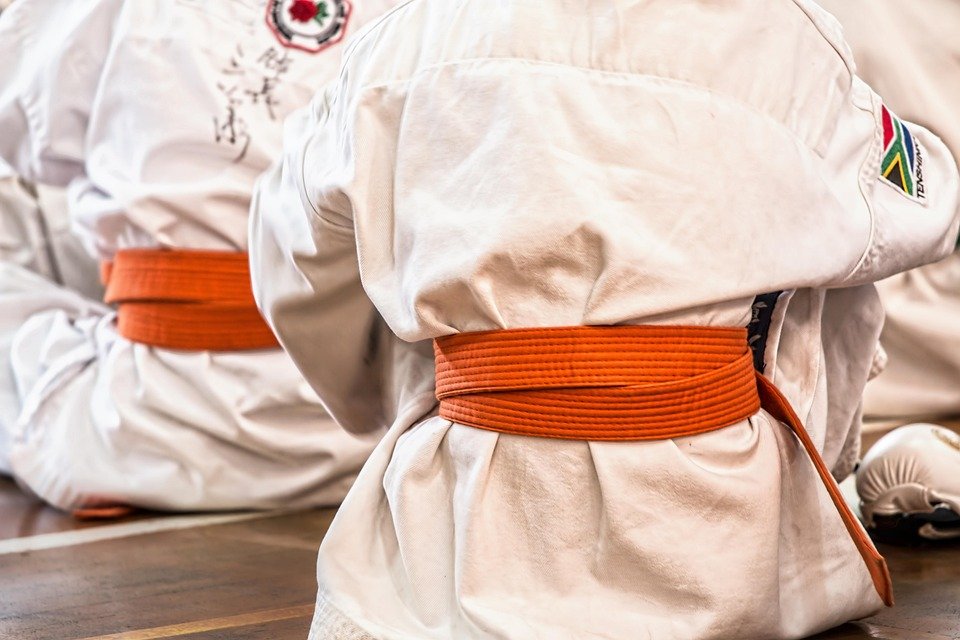|
Key Takeaways
The Community Physical Activity Leader (CPAL) course is FREE and designed for people who are not currently exercise professionals. A CPAL can:
Learn more here: Community Physical Activity Leader.
|
ACE’s mission to Get People Moving extends to all people, including those in underserved communities and with various levels of ability and experience with physical activity. The goal is to empower people from all walks of life to make movement their mission and live happy, healthy and fulfilling lives.
By becoming a Community Physical Activity Leader (CPAL), you will gain the knowledge and hands-on skills needed to facilitate physical-activity sessions in your community—outdoors, or in schools, recreation centers, community centers, libraries or places of worship. Learn how to incorporate physical activity into social gatherings in a way that is approachable, yet effective and impactful.
You don’t have to be an ACE Certified Professional to take this course, which is completely FREE and was designed for people who love to move and get others moving. Imagine being able to organize, promote and then lead community exercise sessions that inspire your friends, family and neighbors to get moving with safe, effective and enjoyable exercise!
Read The Far-reaching Impact of Community Volunteering to learn more about how this type of work brings joy and benefit to both you and the people around you. Whether you want to reach a forgotten population or use your passion to give back to the community that raised you, the first steps toward giving back shared by our experts will help get you started.
Making Movement Accessible
As part of the effort to promote movement for all, ACE works to make physical activity more accessible to communities that may not be traditionally reached by the fitness industry, including those with intellectual disabilities. With this in mind, this course was designed—in partnership with Special Olympics International—to be accessible to a wide audience of potential candidates, including those who are new to physical activity or who have intellectual disabilities.
Unfortunately, people with intellectual disabilities often lead more sedentary lives and are less physically active compared to the general population. Individuals with intellectual disability often spend 12 or more hours per day in sedentary behavior and are at high risk for developing metabolic syndrome, overweight and obesity, and osteoporosis.
Barriers to physical activity for this population can be personal, social, financial, organizational and environmental and include limited engagement from service providers, insufficient resources, lack of independent access to community fitness settings, reduced physical abilities, low self-confidence, mobility impairments, transportation challenges, a lack of tailored exercise programs specific to their needs and a lack of encouragement from caregivers, friends and family members.
The CPAL’s Role
It is estimated that approximately 9% of people with an intellectual disability meets physical activity guidelines, so there is plenty of room for improvement. This is where a CPAL can inspire and implement real–world change, and there is a specific module in the online CPAL course focused on working with individuals with developmental disabilities.
Complete this course to help turn the tide on the statistics cited above by becoming a knowledgeable volunteer who can serve as a motivator and mentor for others, with or without intellectual disabilities. It’s hard to overstate how rewarding it is to see folks in your community develop confidence in their physical abilities and set off on a path to a healthier, more active lifestyle.
This post is brought to you by: Source link
Become a Community Physical Activity Leader,














